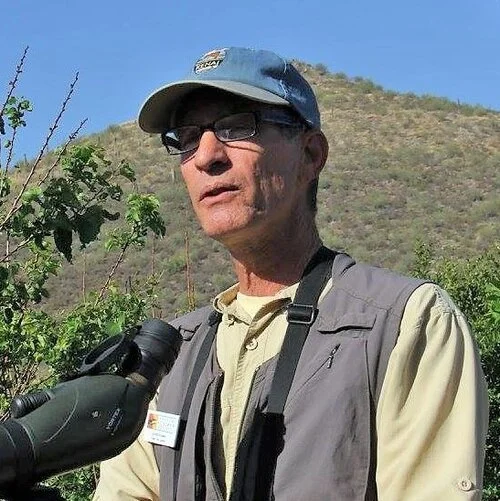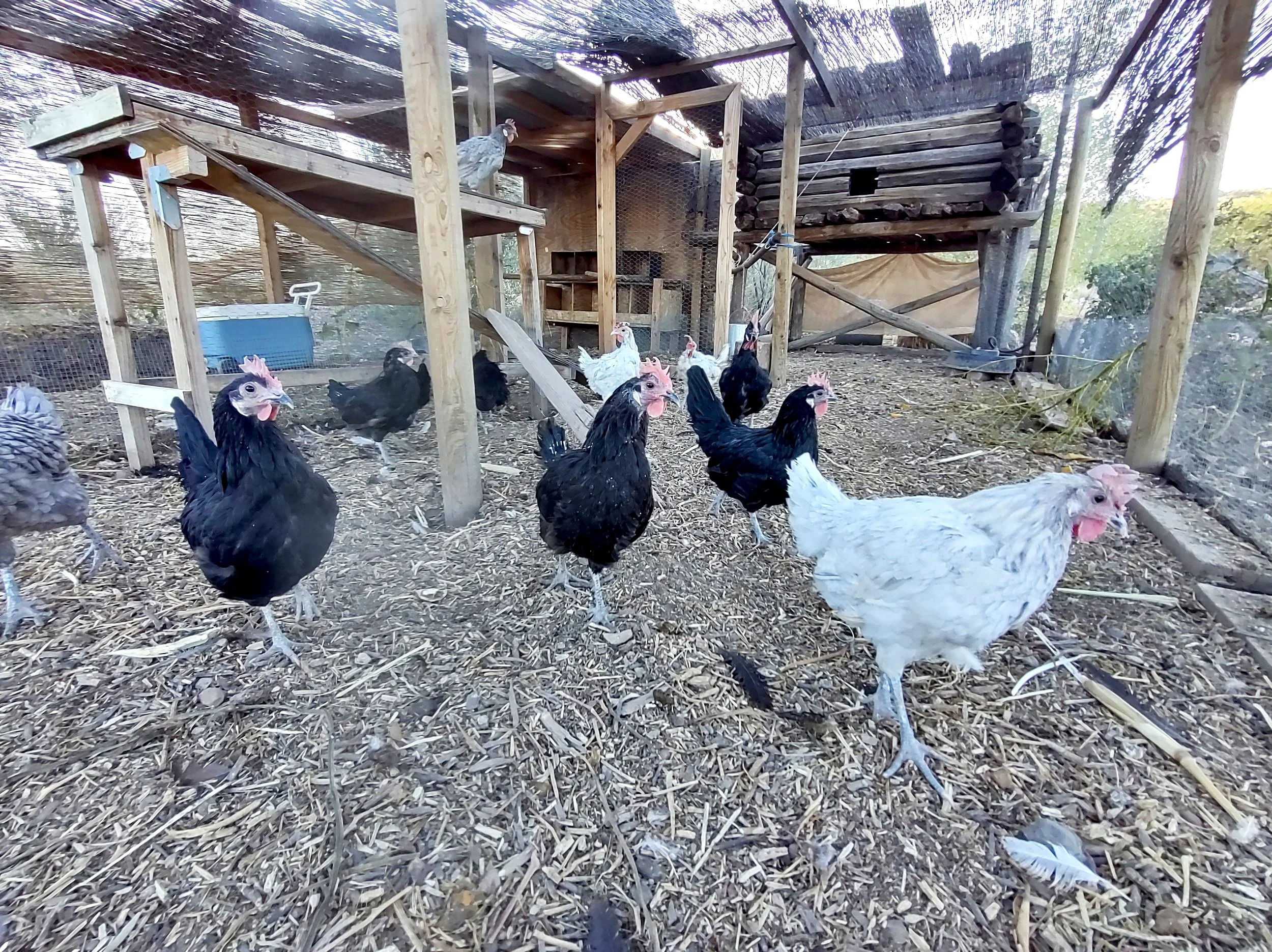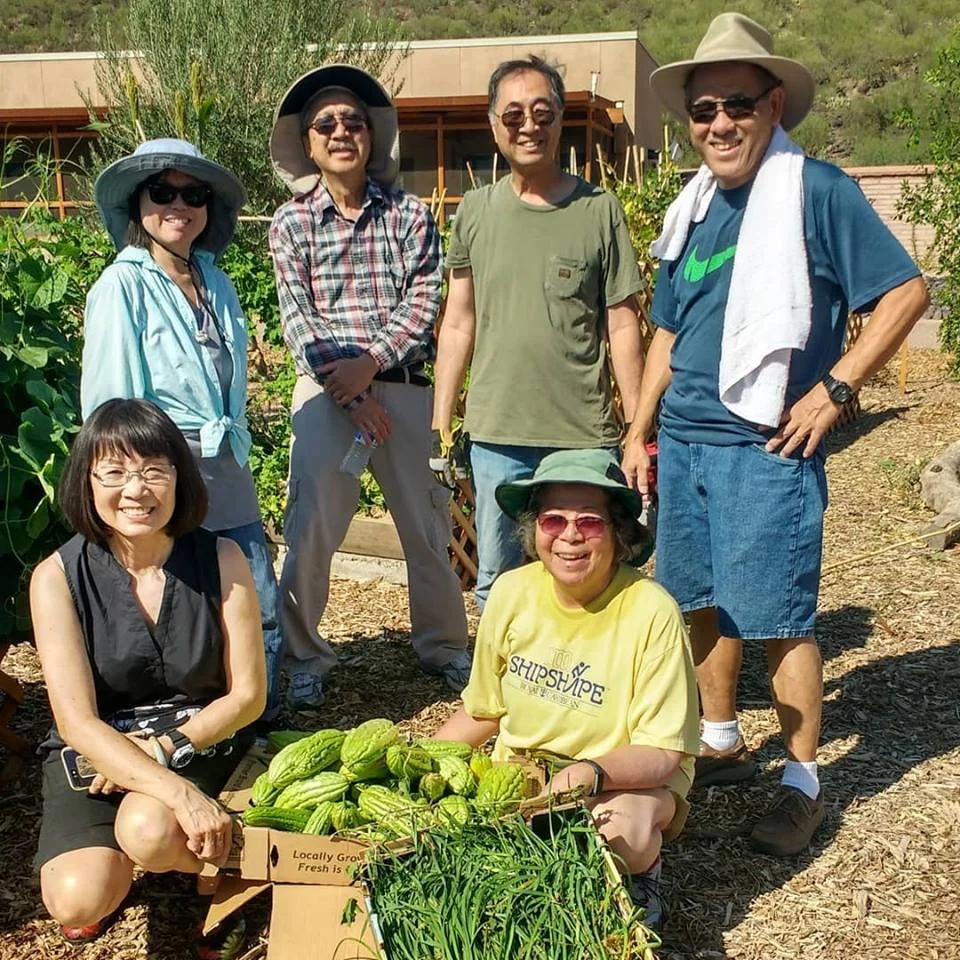The Bigger Picture
By Kendall Kroesen Ph.D, Outreach Coordinator
Working in the garden for five years I’ve given a hundred garden tours. At first I tried to cover the basics. But now I’ve added a few bigger picture thoughts.
Now I talk about how we seem to be recreating not only heritage agriculture of many periods and peoples but how, in the process, we’re recreating historic ecosystems. The role chickens play in the garden. The way crops interact. The recolonization of the garden by birds, mammals, fish, frogs, snakes and insects that would have been those common on the floodplain through history.
I talk about how culture has changed along with the expanding gulf between eating food and producing food. For example, we have a lesser grasp on seasonality. The knowledge of the month in which oranges ripen; when the apricots bloom. It doesn seem to matter when we can just go to the supermarket, but at the same time we grow more divorced from the natural world and its rhythms with every generation.
With the lesser relevance of seasonality we’ve also lost the once commonplace knowledge about food preservation. So many of the things we eat for taste originated as ways of preserving food for later use: salting and smoking; fermentation; preserves, pickled food, chutney. Most of us have lost the DIY food preservation.
Another theme I’ve added is about the word “heritage,” and the competing voices about where our heritage is located. Does adding a bit of flow of reclaimed water in the Santa Cruz River bed bring back some of our heritage? Is our heritage in old drawings, paintings, photographs. Does it reside in books?
I think it is in the ground under our feet. It’s in the soil of the historic floodplain–under roads, under houses, in vacant lots. It’s the fertility of that soil, which fed uncounted generations during the longest period of continuous cultivation in the US known to archaeologists. It’s in the archaeological sites that dot the floodplain–from the Clearwater site under the Tucson Origins Heritage Park site to the many others that line the floodplain and its tributaries.
Finally, the agriculture reawoken at Mission Garden–compared to what’s on the Santa Cruz River’s historic floodplain today–represents a staggering loss. We had plentiful surface waters irrigating pretty astounding amounts of healthy and tasty fruits, vegetables and grains. Now we have roads and houses and business over Tucson’s most historic areas and most fertile soils. Our storied and abundant past is no longer present because of poor stewardship of water and other resources. So, those of us who value the garden also should be on the forefront of conserving resources, mitigating climate change, and operating our lives sustainably. We’ve seen what can be lost!
We can reawaken the world, restore fertility, live sustainably. The expertise to reverse these trends resides in Mission Garden and in the minds of our community of collaborators. That is the value of Mission Garden: The knowledge of how to restore our connection to food and therefore restore ourselves. It’s the place to grow savvy again about things that really matter.
Tucson Chinese Cultural Center Volunteers at the Chinese Garden
Working in the garden for five years I’ve given a hundred garden tours by now. At first I tried to cover the basics. How the Mission Garden was recreated. Wild foods. Archaeological findings exposing unguessed thousands of years of agriculture. I talked about corn, beans and squash. I described how you cook agaves. I explained how Europeans brought new crops from Europe, Asia and Africa. I talked about medicinal plants, Chinese crops, 20th century farmers, research into Yoeme and African crops. And I talked about what we might do in Tomorrow’s Garden to predict what forms of garden would work in the future.
Now I still talk about those things but I’ve added a few bigger picture thoughts as well.
Now on tours I talk about how we seem to be recreating not only heritage agriculture of many periods and peoples but how, in the process, we’re recreating historic ecosystems. The role chickens play in the garden. The way crops interact. The recolonization of the garden by birds, mammals, fish, frogs, snakes and insects that would have been those common on the floodplain through history.
I talk about how culture has changed along with the expanding gulf between eating food and producing food. We have a lesser grasp on seasonality. The knowledge of the month in which oranges ripen; when the apricots bloom; when watermelons are harvested. When it’s safe to plant frost-intolerant crops. The right time of year to plant corn, beans and squash. Why does any of this matter when we can go to the supermarket and get these items any time? We grow more divorced from the natural world and its rhythms with every generation.
With the lesser relevance of seasonality we’ve also lost the once commonplace knowledge about food preservation. Why preserve something if you can get it fresh at the supermarket any time of year? I mean drying fruit. I mean salting or smoking meat. Fermentation! I point out on tours that a lot of foods we think were developed for taste were first developed for preservation–jams, jellies, marmalade (“preserves”!). Pickled food. Chutney. And if you want these preserved foods because of their tastes, you can buy them already preserved. Most of us have lost the culinary DIY tradition.
Another theme I’ve added is about the word “heritage,” and the competing voices about where our heritage is located. Does adding a bit of flow of reclaimed water in the Santa Cruz River bed bring back some of our heritage? Is our heritage in old drawings, paintings, photographs. Does it reside in books?
I think it is in the ground under our feet. It’s in the soil of the historic floodplain–under roads, under houses, in vacant lots. It’s the fertility of the soil that fed uncounted generations during the longest period of continuous cultivation in the US known to archaeologists. It’s in the archaeological sites that dot the floodplain–from the Clearwater site under the Tucson Origins Heritage Park site to the many others that line the floodplain and its tributaries.
That’s where the record is. The clay and mollusks and fish that flowed along through canals and were deposited in fields. The preserved, charred corn kernels that have taught us so much about the long history of agriculture, particularly maize, in our basin. The soil that was deposited by the complex natural and cultural processes of floodplain vegetation and crops. The discarded bits of life that are sacred to those whose ancestors left them there. Most of that heritage in the soil is still there under the commercialized floodplain, waiting to be reexposed and reawakened as we have done at Mission Garden.
Finally, the former agriculture reawoken at Mission Garden–compared to what’s on the Santa Cruz River’s historic floodplain today–represents a staggering loss. We had plentiful surface waters irrigating pretty astounding amounts of healthy and tasty fruits, vegetables and grains. Now we have roads and houses and business over Tucson’s most historic areas and most potentially productive soils.
Mission Garden represents a storied and abundant past that is no longer present because of poor stewardship of water and other resources. Those of us who value the garden also should be on the forefront of conserving resources, mitigating climate change, and operating our lives sustainably. We’ve seen what can be lost through anything another other than sustainability.
Timeline Garden
We can reawaken the world, restore fertility, and live sustainably. The expertise about seasons, how to become more sustainable, and how to rediscover our heritage now resides in Mission Garden and in the minds of our community of collaborators. That is the value of Mission Garden: The knowledge of how to restore our connection to food and therefore restore ourselves. It’s the place to grow savvy again about things that really matter.




